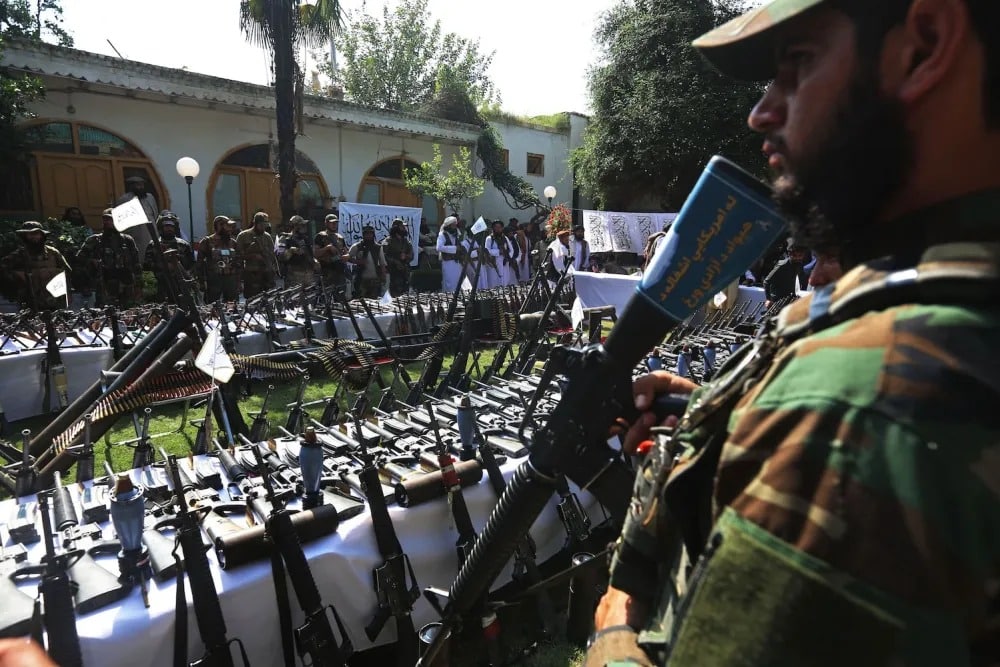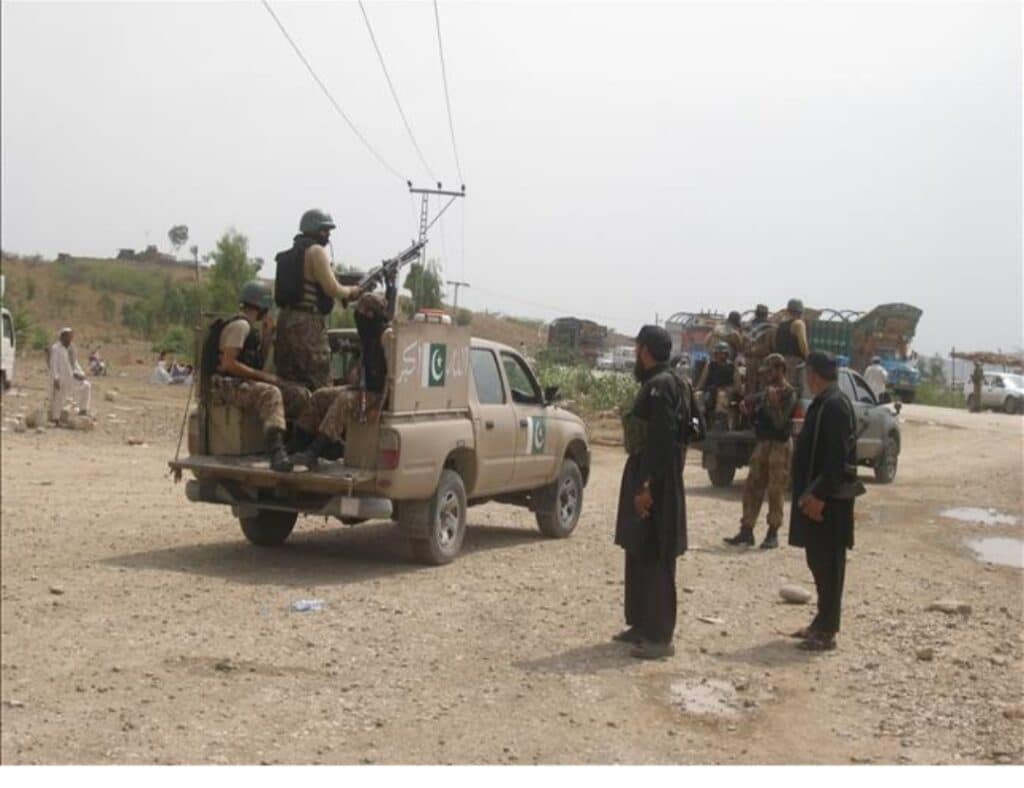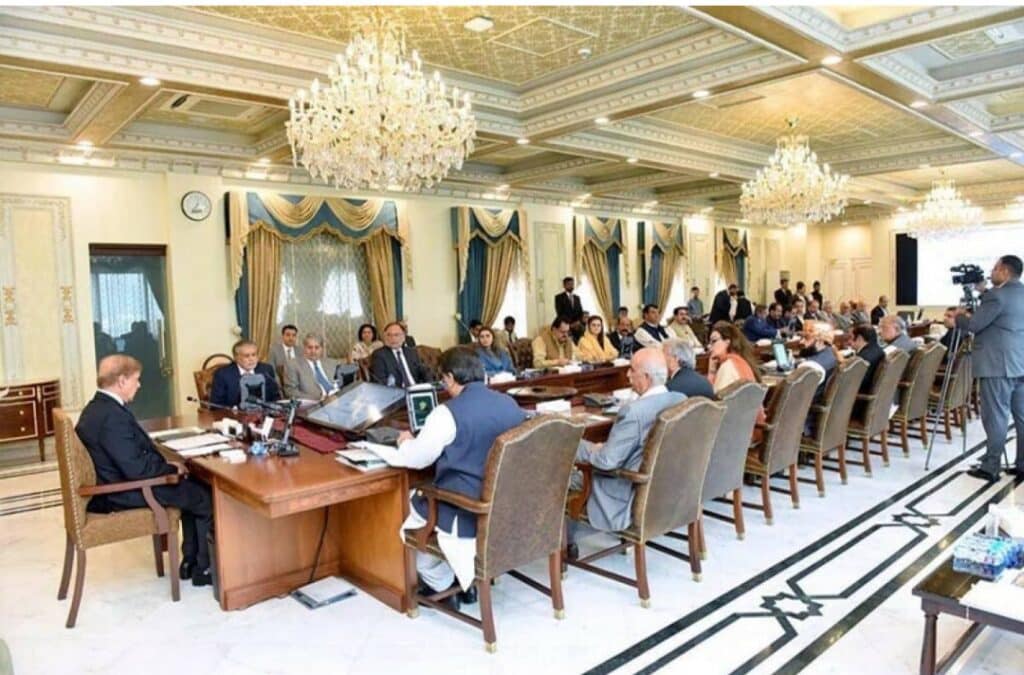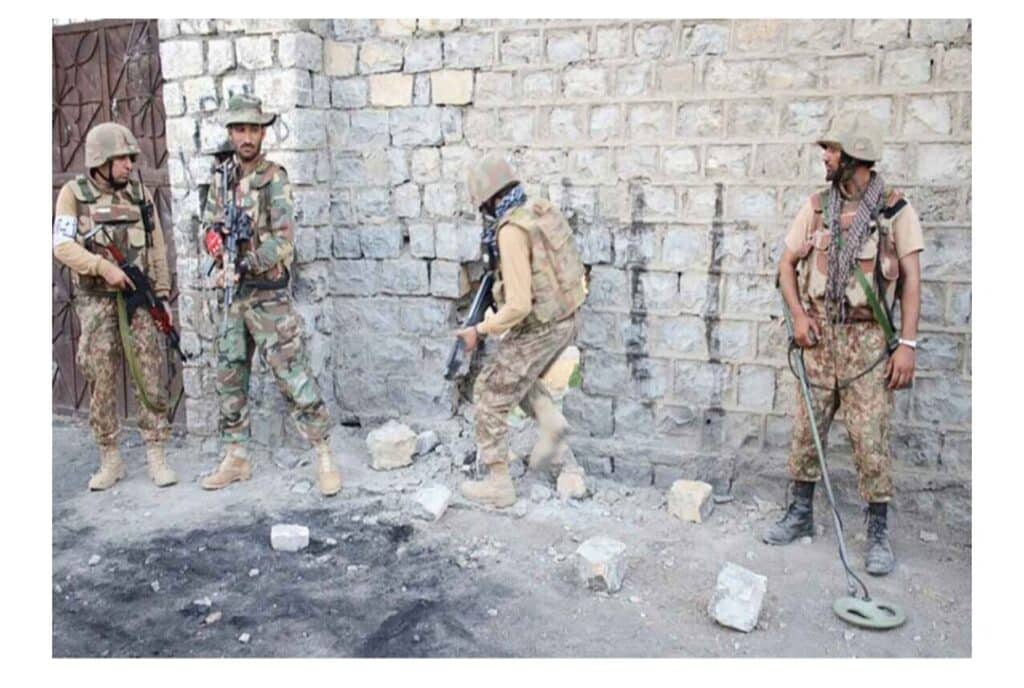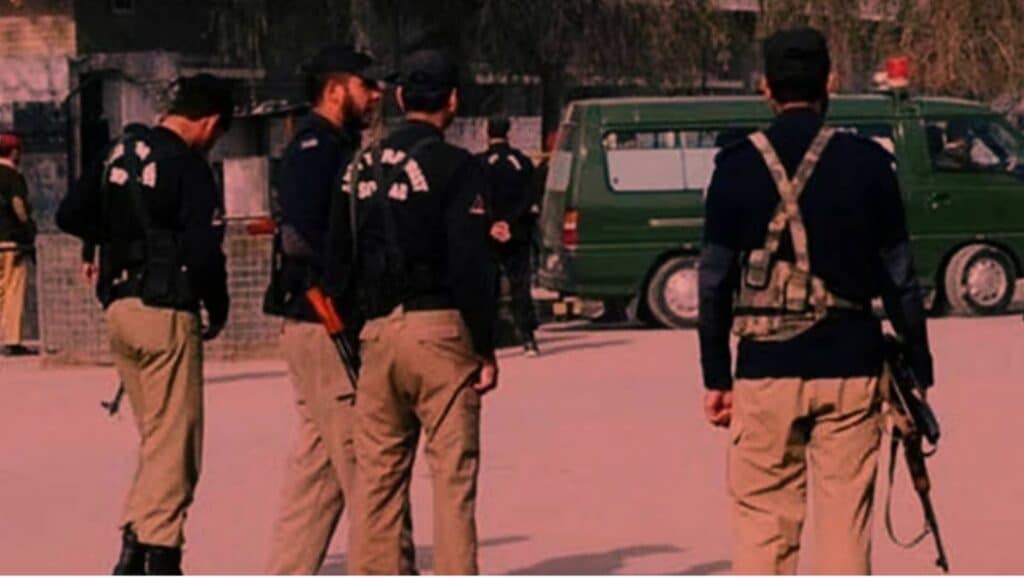A new report by the Small Arms Survey (SAS) has highlighted the persistence of illicit arms trafficking in Afghanistan, three years after the Taliban’s return to power. Despite efforts to consolidate control over weapon stockpiles and limit civilian access, informal arms markets remain active, raising concerns about regional stability and cross-border militancy.
Based on two years of field investigations in Afghanistan and Pakistan, the report offers a detailed analysis of arms availability and pricing trends in unregulated markets. It finds that while the Taliban have introduced licensing measures and carried out seizures, enforcement remains uneven. In several cases, low-level Taliban officials have reportedly allowed informal arms sales, reflecting inconsistencies in regulation across different regions.
The SAS study notes that overall weapons availability in Afghanistan’s informal markets has remained relatively stable since 2021. However, prices for NATO pattern firearms particularly US-manufactured M4 and M16 rifles—have risen sharply, indicating either reduced supply or increased demand. These weapons remain significantly more expensive than older Soviet-pattern firearms due to their scarcity and perceived superior quality.
A slow but steady flow of arms continues across the Afghanistan-Pakistan border, with both NATO and Soviet-era weapons accessible in certain areas. The report raises alarm over the availability of weapons to designated terrorist groups, including the Tehreek-e-Taliban Pakistan (TTP) and al-Qaeda, although it cautions that conclusive evidence of state-sanctioned provision remains limited.
Internal rivalries within the Taliban have also impacted arms control efforts, with factional competition undermining regulatory consistency and enabling illicit trade. Despite the group’s official ban on poppy cultivation, the report suggests that some Taliban factions remain entangled in the drug trade, using its proceeds to finance arms purchases on international markets.
The report further observes that while weapons continue to surface in Pakistan, sellers are increasingly cautious due to the threat of government crackdowns, including arrests and seizures.
Concluding that arms proliferation in Afghanistan is closely linked to ethnic divisions, local conflicts, and the evolving power dynamics of the Taliban, the SAS warns that rising tensions between Kabul and Islamabad—especially due to cross-border attacks by the TTP—could further fuel the illicit arms trade and destabilize the region.

